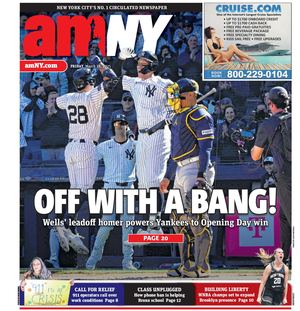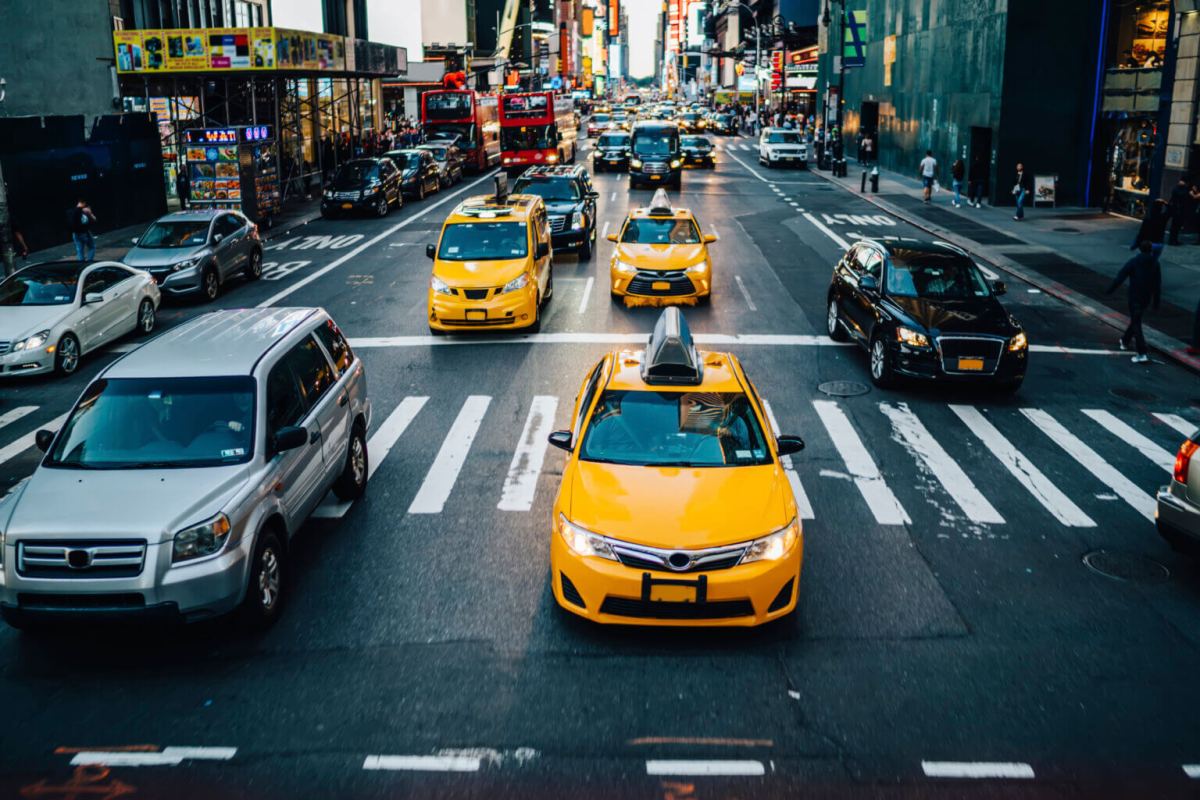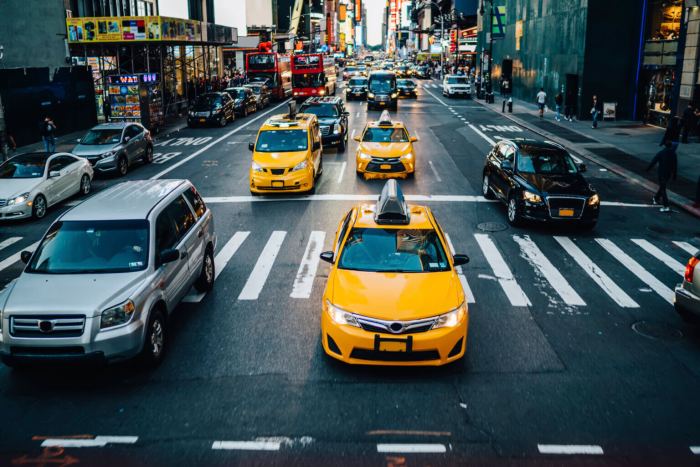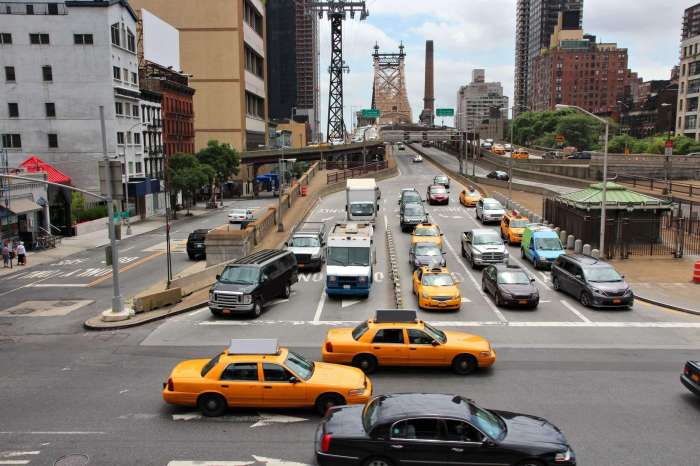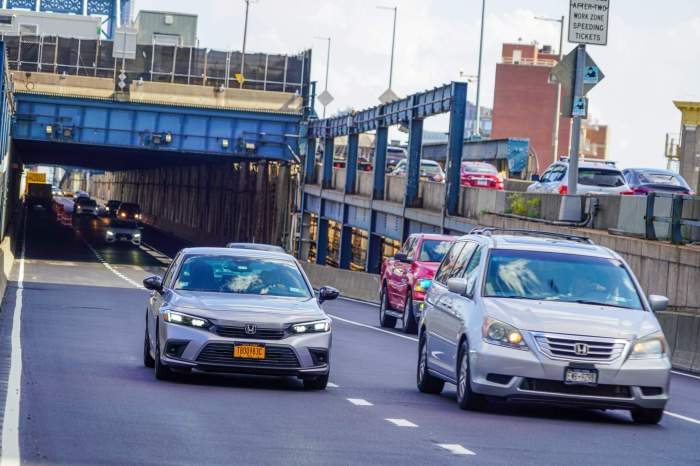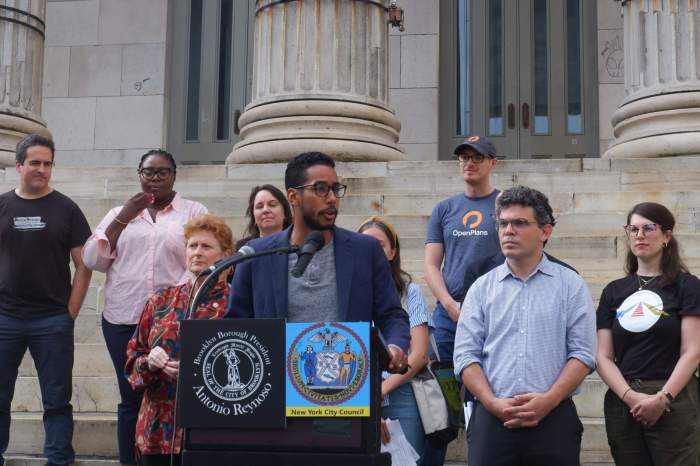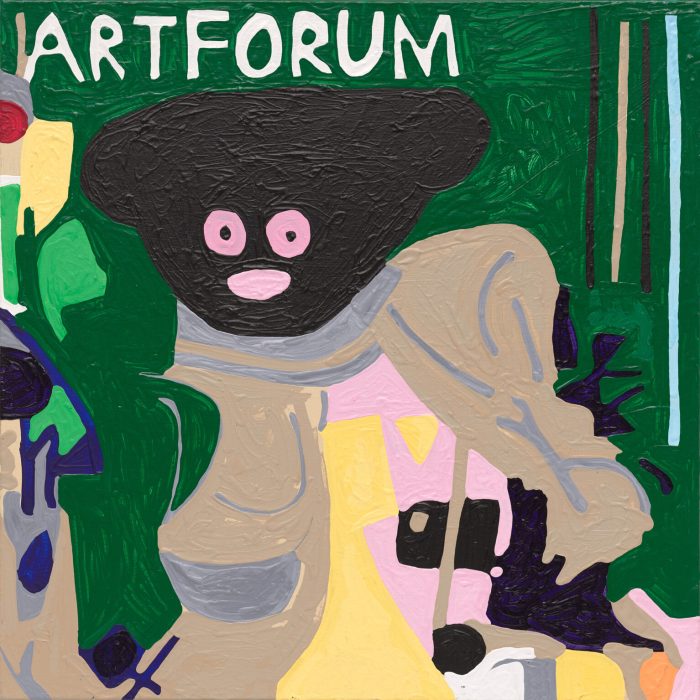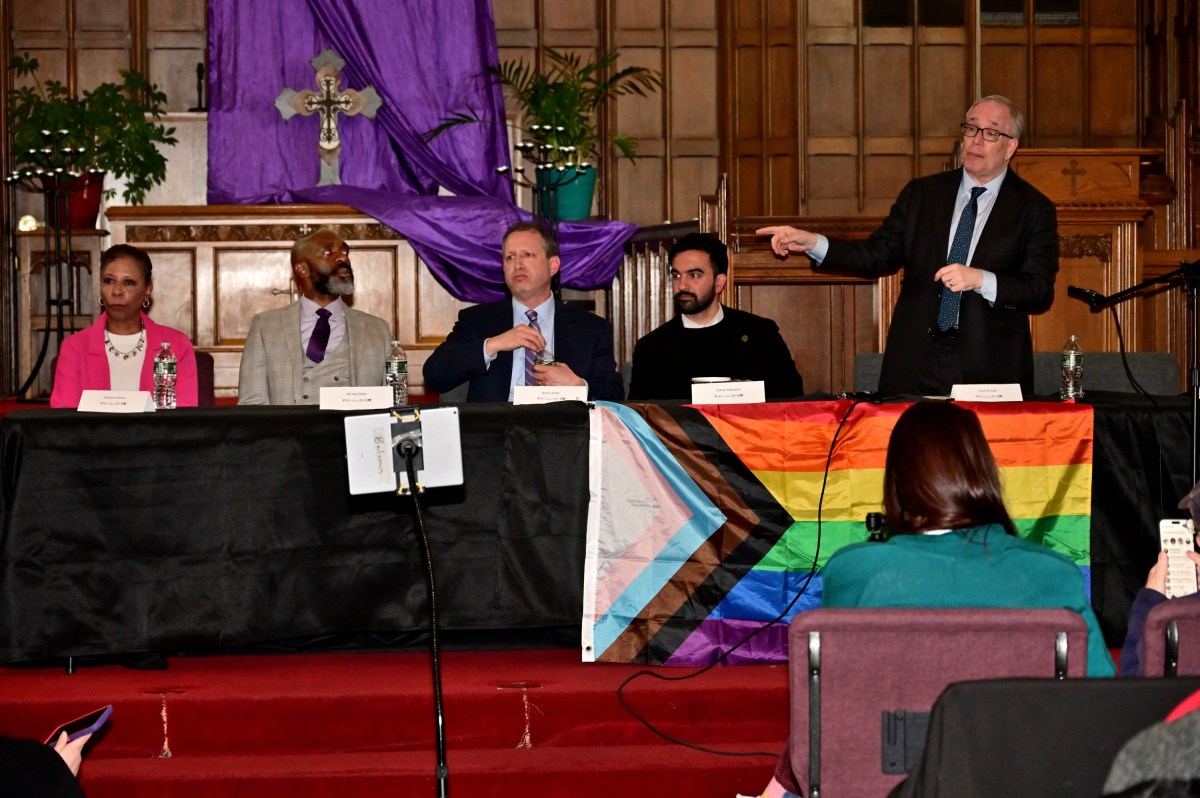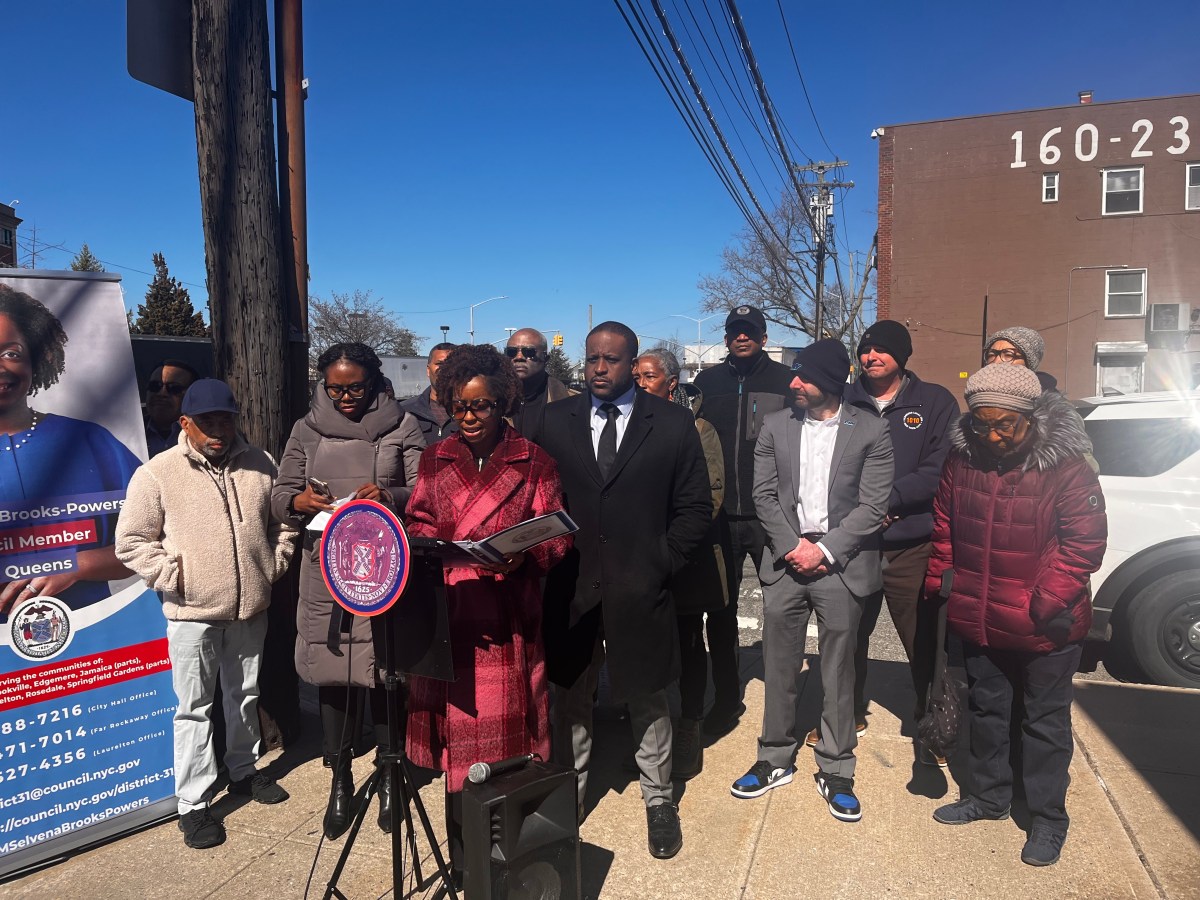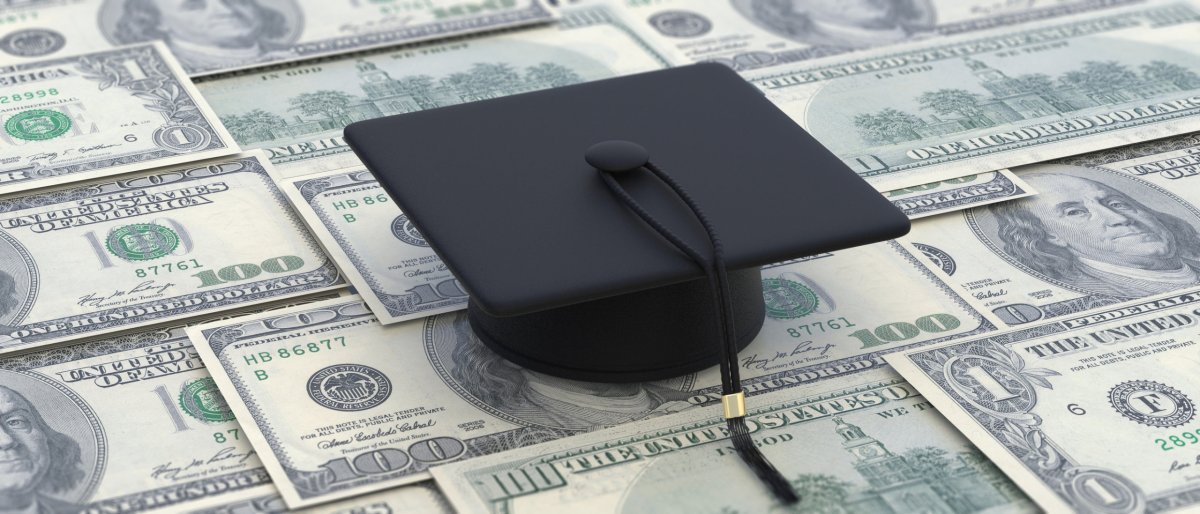The Traffic Mobility Review Board ended its Monday meeting last week after yet another convening without a final recommendation. As I see it, the group charged with recommending the layout of Manhattan’s congestion pricing program, appears more hell-bent on fundraising for the MTA than ensuring individuals and families in the outer boroughs and in transit deserts have options for reliable and affordable transportation.
In my district, many neighborhoods have no MTA train stations at all. Some areas are only served by one or two bus lines, which are often unreliable and time-consuming. As a result, Bronx residents often depend on either a personal car or a Lyft, Uber, or Livery vehicle to get to work, school, or access medical care and other essential services. Owning a car is not a “luxury” but a necessity resulting from generations of underinvestment in mass transit, which under the four likely congestion pricing scenarios presented during Monday’s meeting, will increase the costs for outer borough commuters to Manhattan.
Exemptions are needed for individuals and families who live in the other four boroughs. Take rideshare for example. Those who rely on those services to get into Manhattan have already been paying a congestion fee since 2019, which has generated more than $1 billion for the MTA.
Now, the board wants to double tax these riders with a nearly 100% increase on their current congestion fee. They say this is needed because of the impact these services have on congestion, but all their data as stated in recent TMRB meetings uses very old, pre-COVID numbers. In fact, the industry has thousands less cars on the road than when those studies were done, not only due to the pandemic, but City regulation. The vast majority of those cars are already not coming back even when the City is fully recovered from the pandemic. Instead of asking these New Yorkers to shoulder even more of the cost to bail out the MTA, we should look first to those who haven’t been paying their fair share at all.
The likely congestion pricing scenarios also fail to sufficiently address the lack of ADA accessibility in our transportation system. While transit deserts are already far too common, ADA transit deserts cover even larger swaths of our city. As of July 2023, less than 30% of MTA stations are ADA accessible, including only 11 stations in all of the Bronx. This means that people with disabilities are left with no other option than to take a personal car or rideshare vehicle to and from their destination or to an ADA accessible station, or even worse, a very unreliable Access-a-Ride. And while there have been some discussions around exemptions for people with disabilities, they have yet to be clearly defined or guaranteed.
Before we impose congestion pricing, more work is needed to ensure our public transportation system is accessible to everyone. We must first dramatically reduce transit deserts, build more ADA-accessible stations, and improve the reliability of our bus service. We also need to protect affordable transportation options by guaranteeing exemptions for those living in transit deserts, people with disabilities, and those who cannot afford to pay the congestion fees.
So far MTA officials have failed to make these necessary assurances to ease the burden on low-income commuters. It is outrageous that the current congestion pricing plan asks these commuters to switch to mass transit without providing a viable option for them to do so. If we’re serious about reducing car traffic in our city, then we must start by expanding and improving the system before we ask low-income commuters, who are disproportionately people of color, to depend on it.
The Traffic Mobility Review Board needs to feel public pressure to sufficiently address concerns about equity for outer borough residents while guaranteeing that toll exemptions will be clearly defined and enforced for these groups. Only then can we say that congestion pricing is a fair and equitable solution to the problem of traffic congestion in New York—otherwise it is simply a scheme to help the MTA balance its books on the backs of residents who cannot afford it.
Read more: 9/11 Survivor Revisits Cortlandt Street Subway Station
